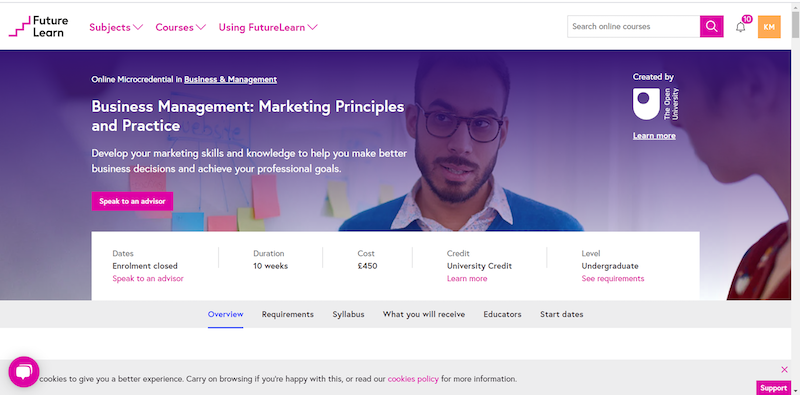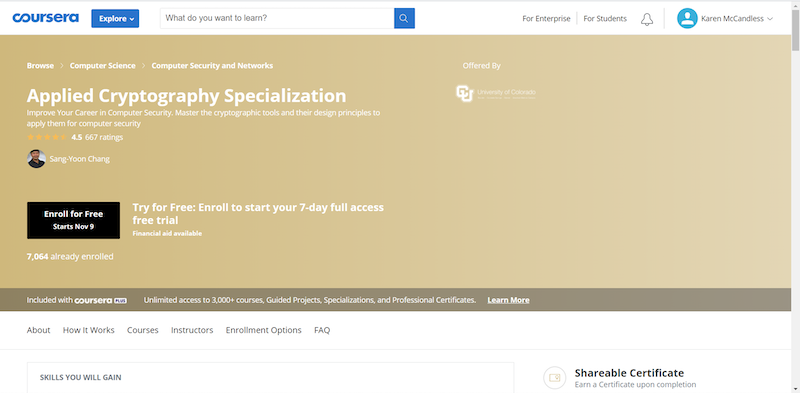Death by PowerPoint. We’ve all been there — sitting in a stifling hot room all day looking at slides on a PowerPoint presentation and trying not to fall asleep.
This isn’t an effective way to train employees. Not only will they not take the subject matter in, whatever nuggets of knowledge they do pick up, but they also likely won’t retain for very long.
Classroom-based training still has a place in modern learning environments, but the key is to keep these presentations short and sweet.
Our attention spans are waning and we can’t focus on any subject matter for a long time. That’s why you need to break down training sessions into manageable chunks. And that’s where microlearning comes in.
Overview: What is microlearning?
Instead of delivering all training in one go, microlearning is a continuous learning process that breaks down the different elements into bite-sized chunks.
Micro training brings together multiple forms of learning to deliver more manageable learning units that a student or employee can easily digest and retain.
Microlearning can include some or all of the following training formats:
• Video
• Quizzes
• Text
• Games
• Animation
• Audio
4 benefits of microlearning in the workplace
Training in the workplace is becoming increasingly important; 60% of millennials say that the opportunity to learn and grow on the job is extremely important. It can help reduce employee turnover by improving employee satisfaction. But only if you offer effective training programs, such as microlearning.
1. Makes training more affordable
It can be challenging to justify training costs. Not only do you have to factor in the cost of training, but you also have to think about how long an employee will be away from their desk.
Instead of having to fork out a large sum of money for a formal training program offered by external instructors, you can tap into the many free or low-cost micro e-learning courses available today.
E-learning platform Future Learn offers a wide range of types of courses to suit all budgets. This includes:
• Free courses
• Free courses with a paid-for certification
• Micro-credentials, which are paid short courses that can be used as accreditation in some degrees

2. Improves employee engagement
We’re all pushed for time, and the idea of taking an entire day out of a busy work schedule to complete a course can seem daunting to employees. If training is optional, workers often won’t sign up or attend. If it’s compulsory, they might resent the time away from their work, especially if they don’t feel like the training is useful.
Micro courses don’t have to get in the way of employees’ schedules. They can block out 15 minutes per day to do some micro studying, or fit some work in when they unexpectedly have some extra time, such as when a meeting ends early.
3. Delivers more focused content
Employees want training that is relevant to their jobs, helps them meet their goals, or enables them to move up to the next level. Micro education courses can be tailored to a specific purpose or for a specific role, such as customer service, accounting, or marketing.
You can even deliver micro-knowledge-based courses for specific projects you are working on, instead of having to hire external contractors or a new employee. Micro knowledge refers to the knowledge needed to perform all or part of a single task.
Take the microlearning example below from e-learning platform Coursera. This Applied Cryptography Specialization is a short and specific course that includes different, highly tailored modules, such as symmetric cryptography and asymmetric cryptography.
Instead of trying to cover all bases, this microlearning course provides bite-sized chunks of specific content.

4. Increases knowledge retention
It’s important to make sure your training is effective and has a tangible business impact, rather than being a box-ticking exercise.
As employees are only taking in a small amount of knowledge at once, they are more likely to retain what they have just learned. They can also quickly refresh their knowledge and skills later on by dipping back into some or all of the micro-courses.
3 steps to start using microlearning in your business
You need to learn how to effectively implement microlearning in your employee development and training program. Here are the three steps you need to take to stand the best chance of success.
1. Set goals
Microlearning is a great way to improve your training and development program, but you need to decide what you want to achieve and how you will define success before you start.
Here are some common goals
• Upskill employees to plug a skills gap
• Help employees meet their goals
• Provide a more effective onboarding program
• Improve employee satisfaction and retention
Ensure you have the tools and resources to be able to track and analyze any data you collect and that you have sufficient control over the training platform you use to be able to monitor performance.
Remember to regularly evaluate how your microlearning courses are performing against the goals you have set.
2. Decide how to deliver your courses
Next, you have to decide whether you will develop the courses yourself, hire an external company to do it, or use existing online courses.
There are a lot of great e-learning platforms already on the market, such as Future Learn and Coursera, and it will save you time and money to tap into their expertise. But there are downsides, as you can’t tailor the courses to your specific needs, and you don’t get the same insight into how your employees are performing.
3. Get employee buy-in
Even the most comprehensive and well-designed course will fall short if your users don’t like it or they don’t have time to carry out the training.
Before you decide on a course, platform, or learning method, ask your employees what they would like to learn and how they would like to carry out the training.
Set aside a specific time each week for employees to engage in training and to check in to see whether they are happy with the course or whether you need to make any changes or if there is anything they need to make completing the training easier.
Ensure the management team fully supports your micro training program and communicates this support to employees.
Microlearning isn’t always the right option
Microlearning is a fantastic way to deliver training and can have amazing results when you set up and run a well-designed and thought-out program. But there are occasions when microlearning isn’t the right option.
Maybe you need to have an instructor present so they can guide learners through the process. Maybe you need to carry out training within a specific timeframe. Maybe you need to do training to meet certain requirements or comply with regulations.
Consider whether microlearning will deliver the necessary results before you create a program.
The post A Step-by-Step Guide to Using Microlearning in Your Business appeared first on The blueprint and is written by Karen McCandless
Original source: The blueprint



